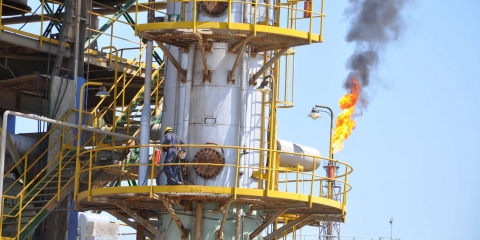What the Islamic State Has Won and Lost
Maps often depict the Islamic State as a sprawling territory across Iraq and Syria. But the group’s control has been shaped by about 126 places — cities, towns, infrastructure and bases — where it has had military dominance. The group has been forced out of about 55 places where it once had control, including four […]Sarah Almukhtar, Tim Wallace and Derek Watkins write for The New York Times:
Maps often depict the Islamic State as a sprawling territory across Iraq and Syria. But the group’s control has been shaped by about 126 places — cities, towns, infrastructure and bases — where it has had military dominance.
The group has been forced out of about 55 places where it once had control, including four major cities, since it made rapid advances across the two countries in 2014. And it could soon lose Falluja, the first city it controlled.
In June 2014, the Islamic State stunned the world when it seized Mosul, by far the largest city it controls, from Iraqi soldiers who dropped their weapons and fled.
But the group’s momentum has shifted. “The caliphate has been crumbling at the edges,” said Columb Strack, a senior analyst at IHS Conflict Monitor, an organization that has been tracking which cities and towns make up the militant group’s territory.





